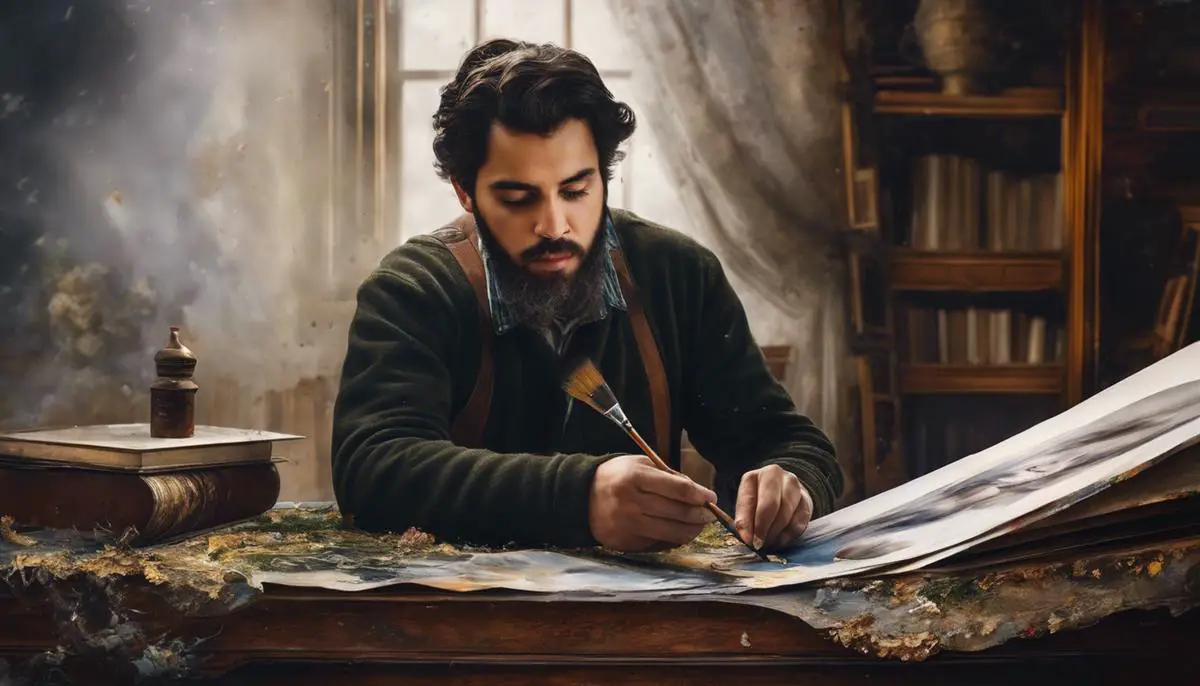Leading the vanguard in the realm of digital image processing and restoration, Stable Diffusion Inpainting propounds a groundbreaking approach to the rectification of images. A subset of the broader field of image inpainting, this niche specializes in the critical employment and manipulation of stable diffusion processes, morphing and reshaping the science of image restoration. This essay meanwhile, serves as a comprehensive encyclopedia, illuminating the beautiful orchestration between stable diffusion processes, inpainting techniques, all against the backdrop of image restoration. Across its expanse, it explores the gamut from the rudiments of image inpainting to the crests and troughs of challenges in deploying stable diffusion inpainting.
Contents
Understanding Image Inpainting
Unpacking the Core Principles of Image Inpainting
From early cave paintings to today’s digital images, visual representation has been an integral part of human communication. In recent decades, the field of image processing has developed exponentially, enabling us to improve, manipulate, and even restore visual data. Among the many techniques in this arena, image inpainting sits in its unique position of restoring lost or deteriorated portions of an image.
Image inpainting, derived from the art restoration term “inpaint,” applies to digital images what restorers have been performing for centuries in their studios—filling in damaged areas to make an artwork appear as close as possible to its original form. Delving further, we encounter two foundational principles at the core of this restoration technique: diffusion-based methods and exemplar-based methods.
Diffusion-based methods mimic the heat equation found in physics. The idea behind this approach is intuitive – the image defects are filled gradually, cascading the known information into the unknown areas. This diffusive process, unfortunately, is not applicable to all image deficiencies, especially those encompassing more complex regions and structures. This is where the second principle of Image inpainting comes in – the exemplar-based approach.
Exemplar-based methods perform a more intricate operation, drawing upon patches of a known part of an image to synthesize the missing or corrupted portion. This “best-match” patch strategy respects the local image structure, rendering it particularly useful for filling large defects where the structure’s continuity and coherence are critical.
As illustrations of these concepts, consider an image of a landscape interrupted by a power line. A diffusion-based method may blur the lines into the scenery, creating a seamless, though possibly less detailed, image. In contrast, an exemplar-based method would look for ‘patches’ of the sky or foliage to ‘copy and paste,’ preserving the image texture.
However, to view image inpainting solely through these two principles would be an oversimplification. Modern inpainting techniques often involve the union of these two principles, supplemented by sophisticated algorithms and AI technologies, achieving results which are often difficult to dispute. Moreover, these techniques are also being extended to videos, 3D graphics, and 3D printing, extending their scope beyond a 2D canvas.
In conclusion, image inpainting is rooted in a blend of centuries-old art restoration techniques and innovative digital-age algorithms. It thrives on the fundamental principles of diffusion-based and exemplar-based methods, each adding its unique potency to the accuracy of the process. As we advance further in our computational abilities, the potential to deepen this knowledge base only grows, allowing us to further perfect our tools and techniques in the arena of image restoration. The continual unveiling of the complexities behind image inpainting not only adds to our academic knowledge but provides a tangible connection to the art and history encapsulated within each image. In the final analysis, while images may speak a thousand words, the technology behind restoring them speaks volumes in its own right, allowing us to preserve stories for generations to come.
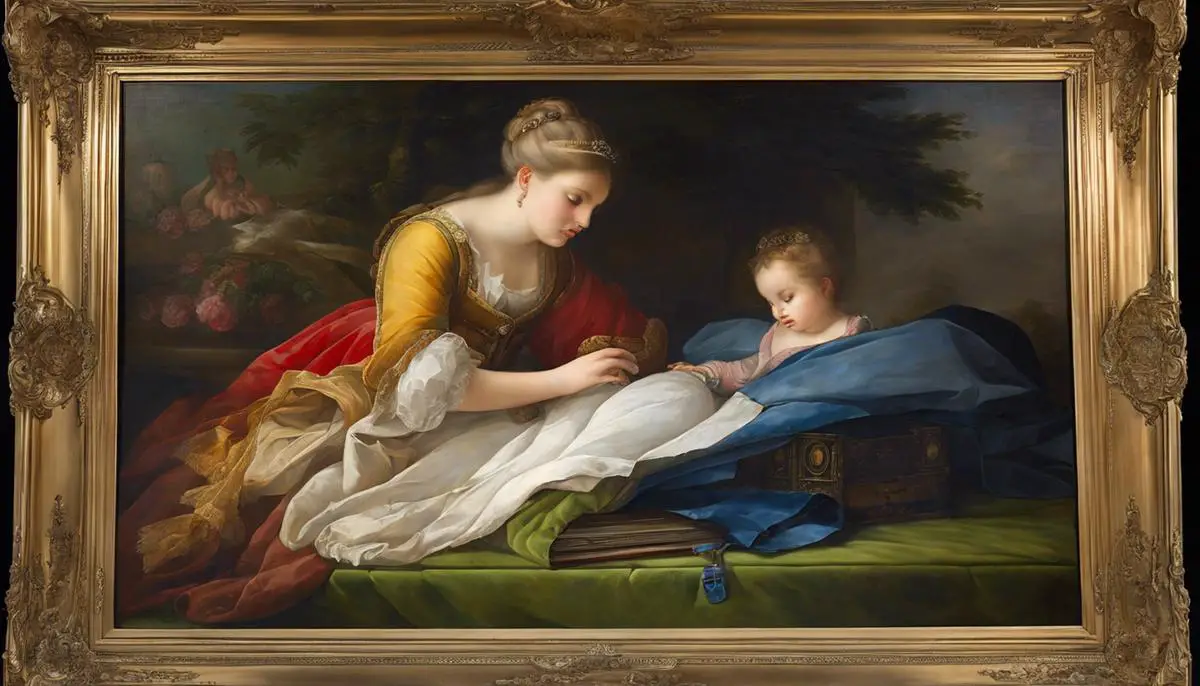
The Role of Stable Diffusion Processes
Shaping the forthcoming discourse on stable diffusion processes, one quickly identifies an elemental role they enjoy in the sphere of image inpainting. Functioning as a preferential integral part of diffusion-based methods, they serve a fundamental purpose in the reconstruction of lost or deteriorated image regions.
For a polished comprehension of the relevance of stable diffusion processes, a brief immersion into partial differential equations (PDEs) is necessary. These mathematical functions, at their essence, describe the variance and continuance of physical quantities. As these form the scaffolding of diffusion-based techniques in image inpainting, understanding their influence becomes effortless. PDE-driven inpainting primarily leans on stable diffusion mechanisms to spread image features into the damaged zones, with the completion being driven by the continuity of geometric and photometric properties around the hole.
Stable diffusion processes contribute to image inpainting through the establishment of a smooth, continuous transition across the restored region. The inherent quality of diffusion to specialize in the propagation of information allows for the overarching continuation of image characteristics such as color or intensity. This, in turn, guarantees a natural, cohesive filled region, preserving the aesthetic integrity of the image.
Furthermore, these stable diffusion processes significantly contribute to the matter of information loss by reducing the Kantorovich-Wasserstein distance between the initial and the inpainted image. Thus, these processes not only significantly enhance the overall visual coherence but also ensure a statistical similarity, which proves to be vital in many applications ranging from forensics to art restoration.
Within the spectral realm of diffusion-based methods, a noteworthy mention is the Total Variation model. Constituting one of the most recognized diffusion-based methods, it is underpinned by stable diffusion processes. By minimizing the total variation energy of an image, it promotes solutions with reduced oscillations and, therefore, ensures the manifestation of crisp, sharp edges and fine details, enhancing the realism of the restoration.
Admittedly, one limitation of diffusion-based techniques, predominantly driven by stable diffusion processes, lies in their inability to cope effectively with large regions, or those containing intricate structures or textures. Herein, exemplar-based methods strike a balance, filling the void of diffusion’s limitations by better managing complex textures and structures.
The strategic interplay between these two methods shapes an indispensable framework for effective image restoration. While exemplar-based methods handle the preservation of high-frequency details, diffusion-based methods, enriched by stable diffusion processes, form a reliable backbone for ensuring the overall continuity and smoothness of the inpainted regions.
No less critical are the continued developments within AI technologies and sophisticated algorithms that bolster the efficiency and accuracy of image inpainting. The combination of traditional techniques like diffusion-based processes with these emerging technologies reveals an expansive frontier in image restoration, carving a pathway to innovations that can better serve the growing demands of our digital age.
Hence, stable diffusion processes stand distinctly in the arc of image inpainting – a quintessential instrument in the seamless restoration of imagery, thereby enabling a bridge between history and the present day, aiding the preservation of our shared visual heritage. This imperative domain of research, where art restoration techniques meet the refining edges of digital algorithms, is indeed a profound testament to the adaptability and innovation innate to the human pursuit of knowledge.
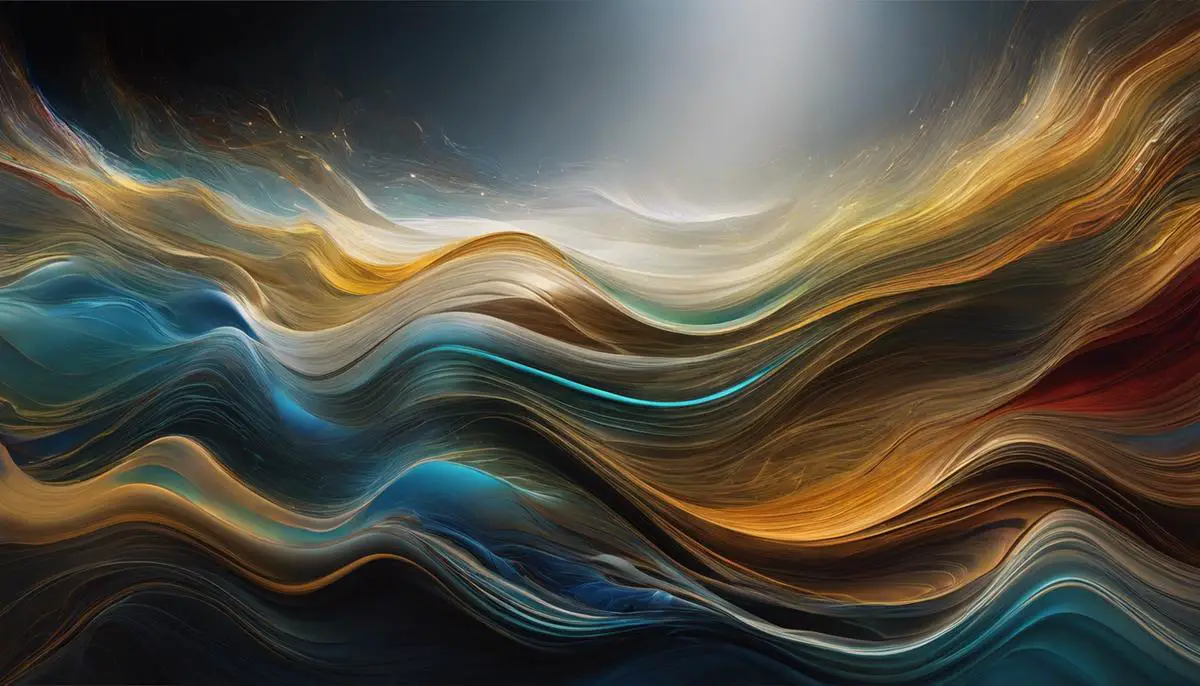
Techniques and Algorithms for Stable Diffusion Inpainting
The Stable Diffusion Process in Image Inpainting
Accomplished image restoration requires not only the application of diligent technique and method but a deep understanding of stable diffusion processes in image inpainting. Observed as a mathematically driven approach, this process plays an instrumental role in achieving the outcome of a virtually undetectable restored region within a damaged image.
In essence, stable diffusion process leverages a mathematical model based on Partial Differential Equations (PDEs), a complex but incredibly valuable framework in the field of image inpainting. The PDE-driven approach depends greatly on the stable diffusion mechanisms and finds its relevance by restoring image information while maintaining the structure of the image content intact. Thereby, eliminating abrupt changes in the restored regions and presenting a smooth transition between the restored and non-restored areas.
This design of the stable diffusion process significantly reduces information loss and enhances visual coherence. This is, notably, illustrated by the Total Variation (TV) model. As a diffusion-based method, the TV model is supported by stable diffusion processes and specifically geared to remove noise while preserving image details. These attributes make it a powerful tool in image inpainting.
However, whilst the virtues of diffusion-based techniques are significant, they are not without their shortcomings, particularly in the reconstruction of larger impaired regions or when the texture and structure of the damaged area are complex. Here, there is a potential need for exemplar-based methods, notable for their ability to replicate texture patterns from the image itself.
Image restoration, thus, often sees a multifaceted approach where diffusion-based and exemplar-based methods are employed collaboratively. The interplay between these techniques enables a more effective and coherent repair of damaged or missing parts of an image, increasing the utility and effectiveness of the restoration outcome.
It would be remiss to overlook the significant advancements in this field gained from the integration of artificial intelligence technologies and sophisticated algorithms. These emerging technologies have been strategically utilized to further the potential of image inpainting, combining traditional techniques with innovative methodologies.
Furthermore, enhancing methods of image inpainting holds the promise to influence a multitude of other fields, like video restoration, 3D graphics, and 3D printing, which are continually evolving in scope and complexity.
In conclusion, the understanding and advancement of stable diffusion processes embody a significant facet of image inpainting, a crucial discipline to preserving our visual heritage. By ensuring a seamless conjugation of the damaged image into its original structure while minimizing information loss, these processes bridge the gap between history and the present day, allowing us to appreciate and explore the visual narrative of the past with stunning clarity.
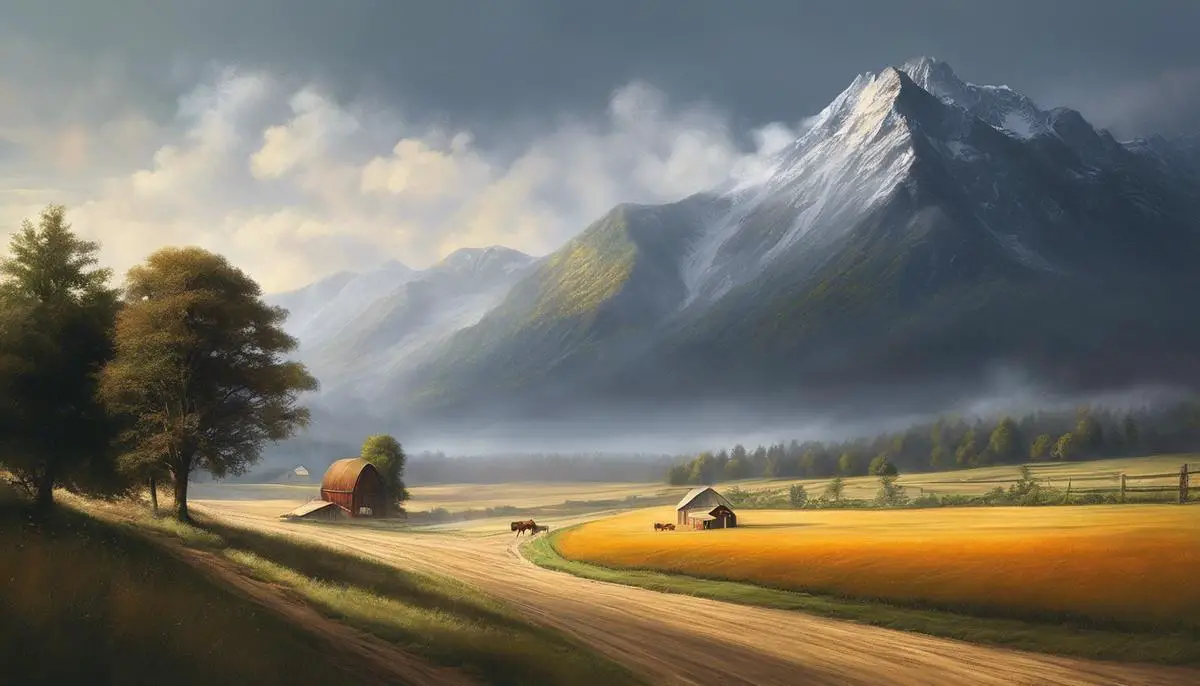
Challenges and Limitations in Stable Diffusion Inpainting
Delving deeper into the realm of stable diffusion inpainting, we confront some essential challenges and limitations that ensue from its application. These difficulties, although numerous, primarily encompass the areas such as image accuracy, texture synthesis, computational overhead, and the inherent difficulty of finding a universal approach.
Primarily, just as interesting as the theoretical promises of stable diffusion inpainting are, it is an undeniable fact that substantial discrepancies arise between theory and its practical application. Notably, the crux of such discrepancies is the general ineptness of diffusion-based methods to restore higher-level features and reiterate robust structures. This issue is most pronounced when dealing with large damaged areas, closely associated with the concept known as over-smoothing. As the name suggests, over-smoothing implies an excessive diffusion process that results in flat, featureless regions, devoid of the original texture and jeopardizes the accuracy of the final restored image.
Secondly, the restoration of textures poses a significant challenge. Despite diffusion-based methods, including the Total Variation model, aptly handling smooth regions of an image, they fall short in accurately restoring complex textures. Reasonably asking, why is it so difficult to reproduce textures? Texture synthesis, in essence, is a highly nontrivial task due to the remarkable variability of textures in nature. This challenge calls for the exemplar-based methods that proficiently propagate texture patterns and structural primitives from the surrounding intact regions to the impaired ones.
In addressing these challenges, the synergy between diffusion-based and exemplar-based methods has been lauded. However, the efficient fusion of these differing methods is a complex process that entails intricate procedures and raises computational challenges. The increased computational load further exacerbates when integrating sophisticated algorithms and artificial intelligence technologies in the quest to enhance image inpainting performance.
Finally, the inherent dilemma of universal application resides. There exists a multitude of different scenarios that a single universal application may not be able to handle. Differences in image characteristics, damage type, and extent make it impossible to articulate a onesize-fits-all approach to stable diffusion inpainting.
In addressing these challenges, the scientific community remains diligent, seeking improvements and understanding. Applications continue to evolve, harnessing the breakthroughs in artificial intelligence, machine learning, and advanced algorithms. The quest for the ideal blend of traditional and modern methods continues, with an eye firmly fixated on copper-bottomed restoration techniques that accurately preserve our visual heritage. Despite the challenges, we positively anticipate advancements that will inevitably shape the future of image inpainting, imbuing it with unparalleled precision and efficiency. Thus, the journey towards revolutionizing the world of image restoration is on-going, padded with unwavering persistence and scholarly rigor.
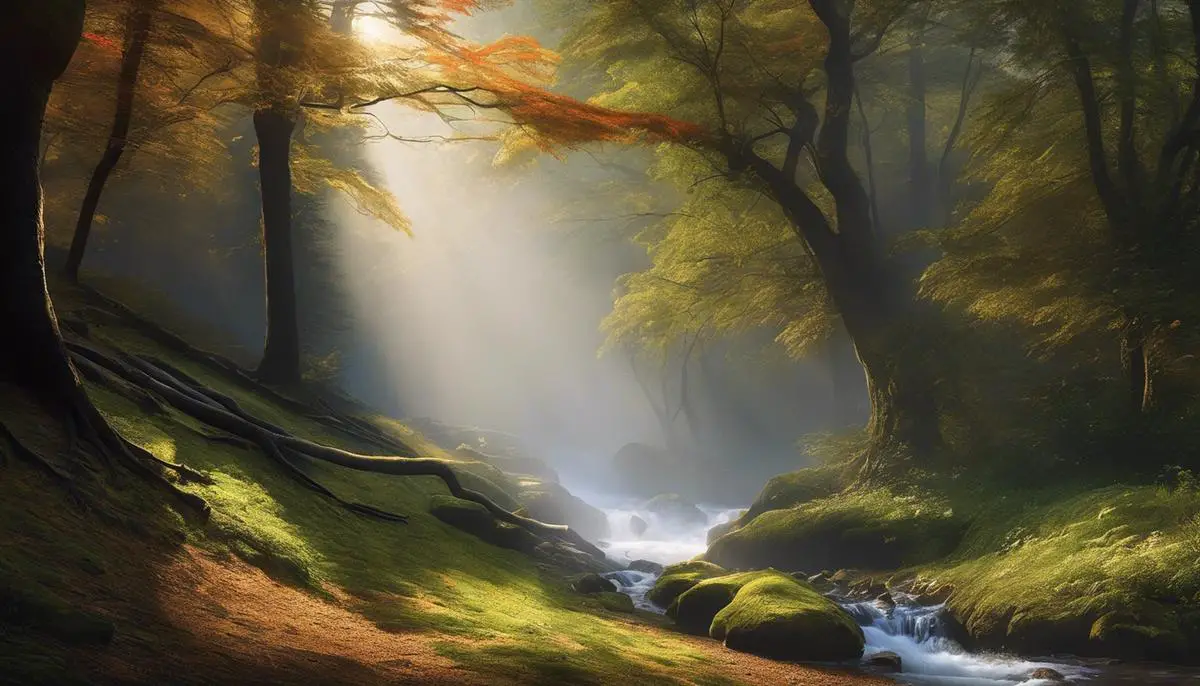
Case Studies and Practical Applications of Stable Diffusion Inpainting
Stable diffusion inpainting, a subset of image inpainting, has found valuable real-world applications in various sectors. Encompassing the stability of diffusion processes, stable diffusion inpainting provides an avenue for accurate image restoration. This method has been used in restoring damaged or altered images, eliminating watermarks or logos, and even in object removal to enhance aesthetics or comply with privacy concerns.
The complexity of stable diffusion inpainting lies in its unified framework, making use of mathematically profound theories such as Partial Differential Equations (PDEs). The most commonly used model in practice is the Total Variation (TV) model, which supports stable diffusion processes, as it offers sharp and edge-preserving regularization. Despite the model’s prowess, it does, however, struggle when large impaired regions are to be reconstructed, owing to the inherent difficulties in ensuring accuracy to original content.
To complement diffusion-based methods like the TV, the exemplar-based methods come into the picture. These help to replicate texture patterns by propagating available information into the impaired regions, thus overcoming the shortcomings of diffusion-based methods. The most effective image restoration has been found in scenarios where both techniques are seamlessly integrated. This fusion ensures a balance between maintaining image accuracy and reproducing complex textures.
The rise of artificial intelligence (AI) technologies alongside sophisticated algorithms has greatly elevated the effectiveness of image inpainting. Machine learning, a branch of AI, unleashes the potential for self-learning systems to improve over iterations, which greatly benefits even the complex task of texture synthesis.
Despite the current advancements, it’s essential to note that computational overhead is a challenge still to be tackled correctly. Over-smoothing remains a common issue, as it contributes to image loss, hindering the visual coherence sought through these efforts. Moreover, the inability of universal approaches to adequately handle different scenarios and restore higher-level features and robust structures poses another obstacle.
However, there is a silver lining. The continual improvements in AI and machine learning infuse optimism that these challenges are temporary. The quest for an ideal blend of traditional and modern methods continues, seeking a perfect synthesis that will allow the effective preservation of visual heritage.
There is no doubt that the advancement of stable diffusion inpainting in conjunction with other dynamic methods is forging a path for the future. As current techniques evolve and become more powerful, the realm of image inpainting will undoubtedly witness revolutionary changes. It serves to maintain, and potentially enhance, the astonishing wealth of visual information our world possesses, bridging history with the present day, and allowing future generations to explore the visual beauty of the past.
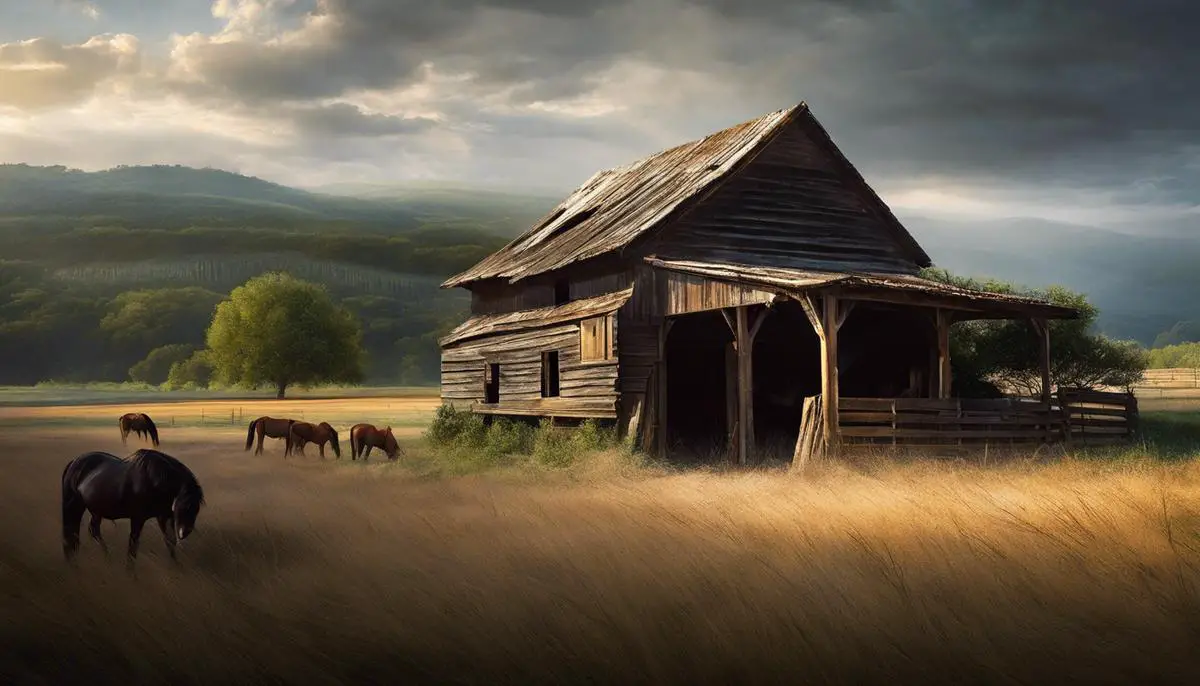
Tracing the use of Stable Diffusion Inpainting across industries, it becomes apparent how this cornerstone of image restoration has sustainable implications for preserving and recreating our past, present, and potential future. Delving through compelling case studies and innovative techniques, it’s safe to establish that despite its inherent limitations and challenges, stable diffusion inpainting stands firm as a symbol of technological advancement in image restoration. The journey through the labyrinth of this technology, intertwined with thriving research in its challenges, and its anchoring in practical applications, paints an evocative image of the extraordinary potential of Stable Diffusion Inpainting in revolutionizing image restoration.

Emad Morpheus is a tech enthusiast with a unique flair for AI and art. Backed by a Computer Science background, he dove into the captivating world of AI-driven image generation five years ago. Since then, he has been honing his skills and sharing his insights on AI art creation through his blog posts. Outside his tech-art sphere, Emad enjoys photography, hiking, and piano.
